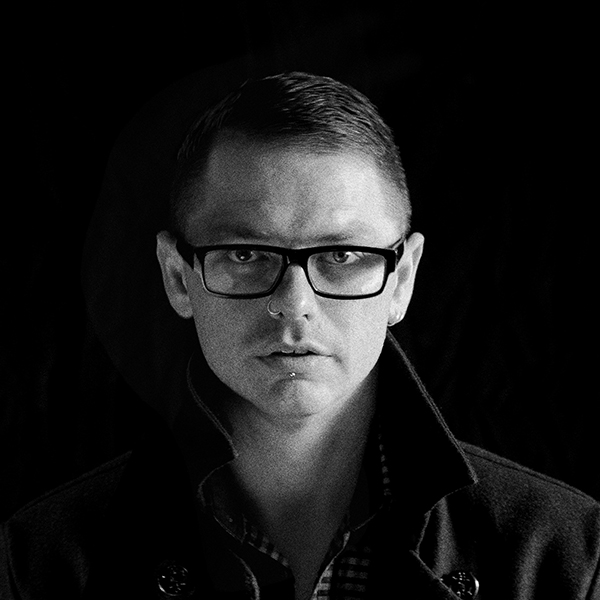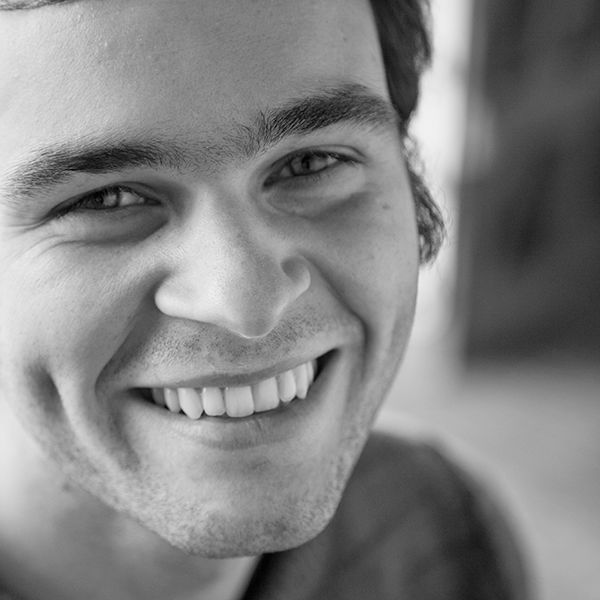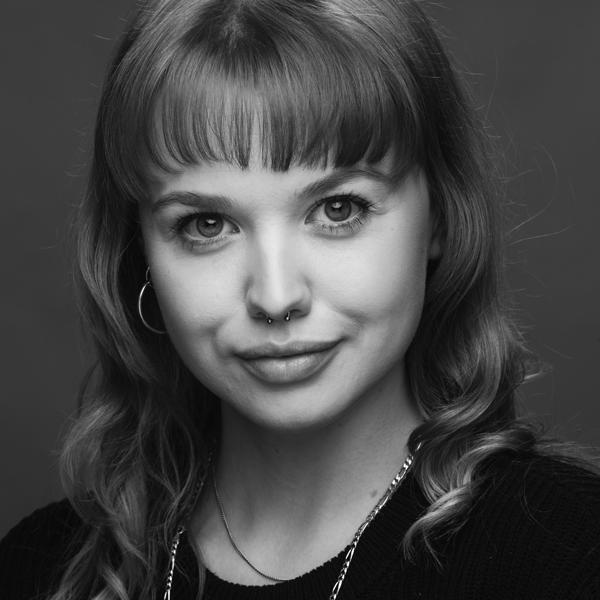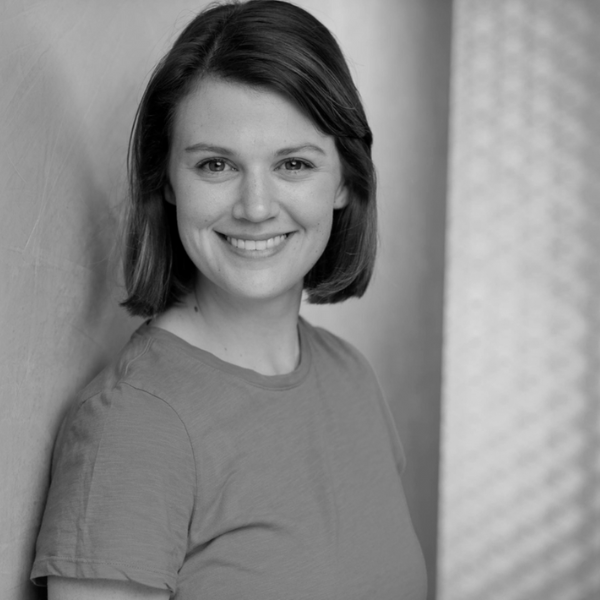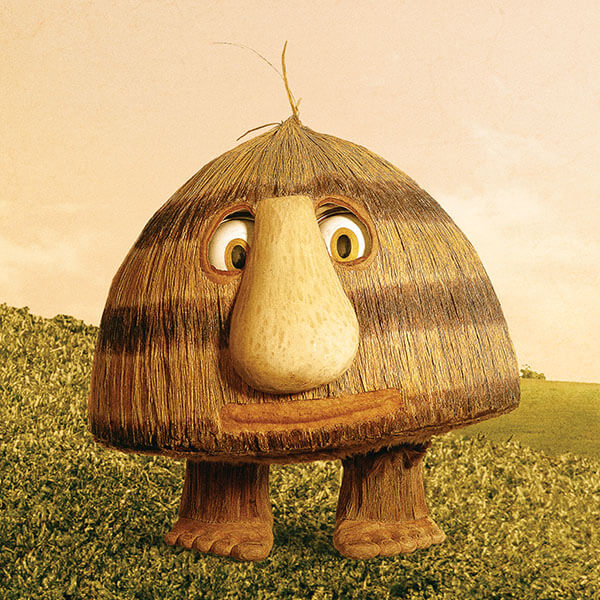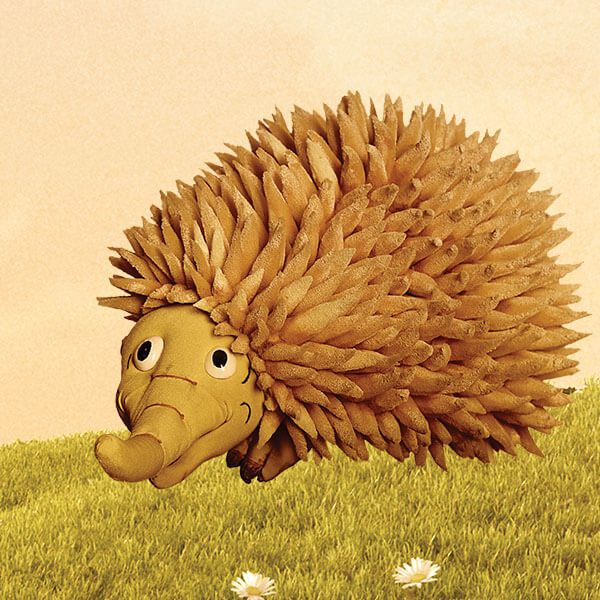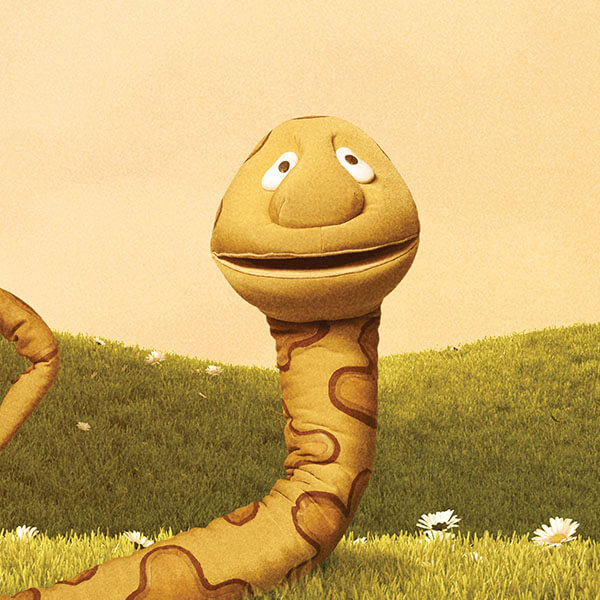Achievement Standard
FOUNDATION
By the end of Foundation, students listen to texts, interact with others and create short spoken texts, including retelling stories. They share thoughts and preferences, retell events and report information or key ideas to an audience. They use language features including words and phrases from learning and texts. They listen for and identify rhymes, letter patterns and sounds (phonemes) in words. They orally blend and segment phonemes in single-syllable words.
They read, view and comprehend texts, making connections between characters, settings and events, and to personal experiences. They identify the language features of texts including connections between print and images. They name the letters of the English alphabet and know and use the most common sounds (phonemes) represented by these letters (graphs). They read words including consonant–vowel–consonant words and some high-frequency words.
They create short written texts, including retelling stories using words and images where appropriate. They retell, report information and state their thoughts, feelings and key ideas. They use words and phrases from learning and texts. They form letters, spell most consonant–vowel–consonant words and experiment with capital letters and full stops.
YEAR ONE
By the end of Year 1, students interact with others, and listen to and create short spoken texts including recounts of stories. They share ideas and retell or adapt familiar stories, recount or report on events or experiences, and express opinions using a small number of details from learnt topics, topics of interest or texts. They sequence ideas and use language features including topic-specific vocabulary and features of voice.
They read, view and comprehend texts, monitoring meaning and making connections between the depiction of characters, settings and events, and to personal experiences. They identify the text structures of familiar narratives and informative texts, and their language features and visual features. They blend short vowels, common long vowels, consonants and digraphs to read one-syllable words. They read one- and two-syllable words with common letter patterns, and an increasing number of high-frequency words. They use sentence boundary punctuation to read with developing phrasing and fluency.
They create short written and/or multimodal texts including recounts of stories with events and characters. They report information and experiences, and express opinions. Ideas in their texts may be informative or imaginative and include a small number of details from learnt topics, topics of interest or texts. They write simple sentences with sentence boundary punctuation and capital letters for proper nouns. They use topic-specific vocabulary. They write words using unjoined upper-case and lower-case letters. They spell most one- and two-syllable words with common letter patterns and common grammatical morphemes, and an increasing number of high-frequency words.
YEAR TWO
By the end of Year 2, students interact with others, and listen to and create spoken texts including stories. They share ideas, topic knowledge and appreciation of texts when they recount, inform or express an opinion, including details from learnt topics, topics of interest or texts. They organise and link ideas, and use language features including topic-specific vocabulary and features of voice.
They read, view and comprehend texts, identifying literal and inferred meaning, and how ideas are presented through characters and events. They describe how similar topics and information are presented through the structure of narrative and informative texts, and identify their language features and visual features. They use phonic and morphemic knowledge, and grammatical patterns to read unfamiliar words and most high-frequency words. They use punctuation for phrasing and fluency.
They create written and/or multimodal texts including stories to inform, express an opinion, adapt an idea or narrate for audiences. They use text structures to organise and link ideas for a purpose. They punctuate simple and compound sentences. They use topic-specific vocabulary. They write words using consistently legible unjoined letters. They spell words with regular spelling patterns, and use phonic and morphemic knowledge to attempt to spell words with less common patterns.
Content Descriptions Addressed
ENGAGING WITH AND RESPONDING TO LITERATURE
F: Respond to stories and share feelings and thoughts about their events and characters (AC9EFLE02)
1: Discuss literary texts and share responses by making connections with students’ own experiences (AC9E1LE02)
2: Identify features of literary texts, such as characters and settings, and give reasons for personal preferences (AC9E2LE02)
EXAMINING LITERATURE
F: Recognise different types of literary texts and identify features including events, characters, and beginnings and endings (AC9EFLE03)
1: Discuss plot, character and setting, which are features of stories (AC9E1LE03)
2: Discuss the characters and settings of a range of texts and identify how language is used to present these features in different ways (AC9E2LE03)
TEXT STRUCTURE AND ORGANISATION
F: Understand that texts can take many forms such as signs, books and digital texts (AC9EFLA03)
1: Explore how texts are organised according to their purpose, such as to recount, narrate, express opinion, inform, report and explain (AC9E1LA03)
2: Identify how texts across the curriculum are organised differently and use language features depending on purposes (AC9E2LA03)
INTERACTING WITH OTHERS
F: Interact in informal and structured situations by listening while others speak and using features of voice including volume levels (AC9EFLY02)
1: Use interaction skills including turn-taking, speaking clearly, active listening behaviours and responding to the contributions of others, and contributing ideas and questions (AC9E1LY02)
2: Use interaction skills when engaging with topics, actively listening to others, receiving instructions and extending own ideas, speaking appropriately, expressing and responding to opinions, making statements, and giving instructions (AC9E2LY02)


